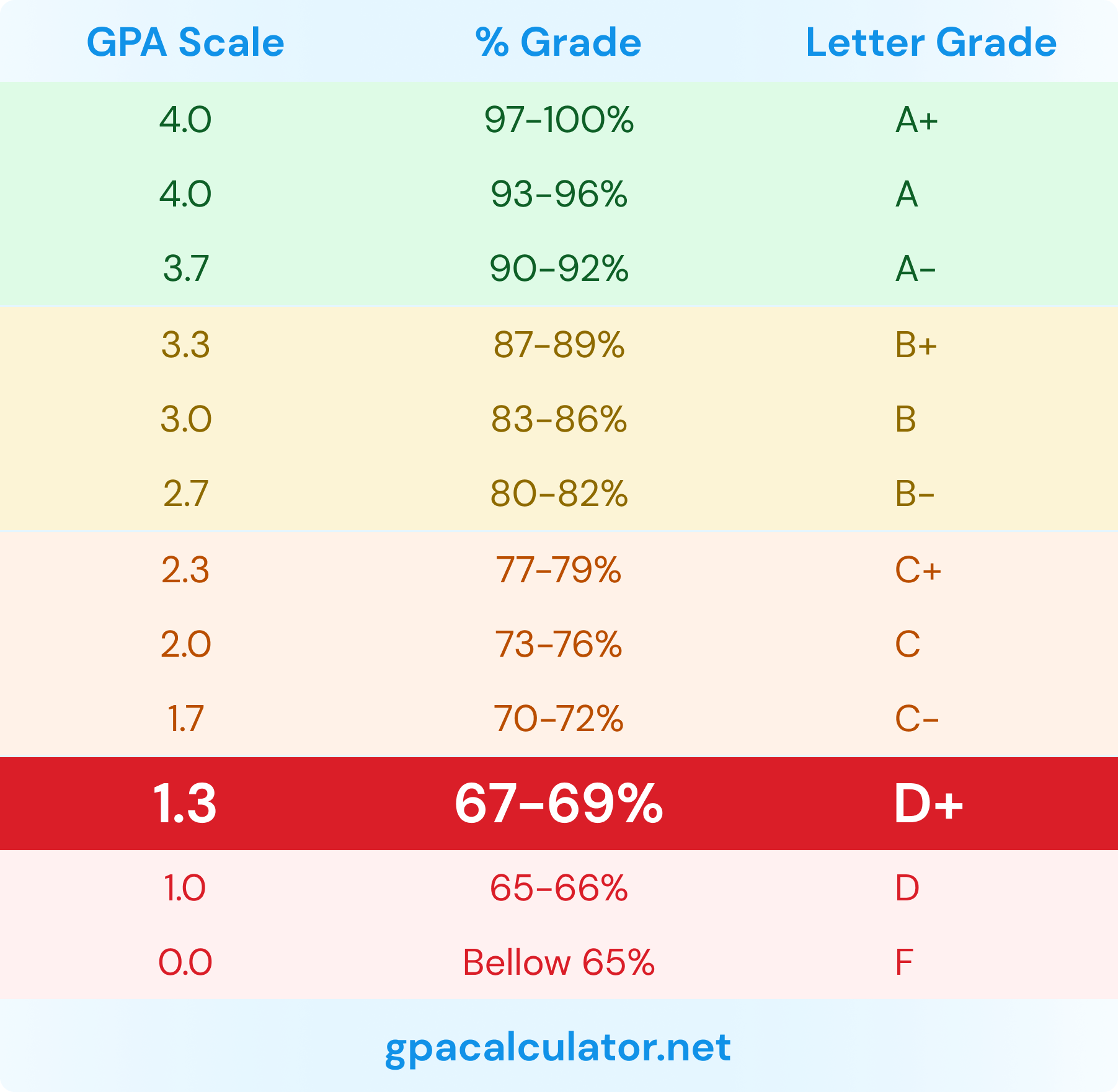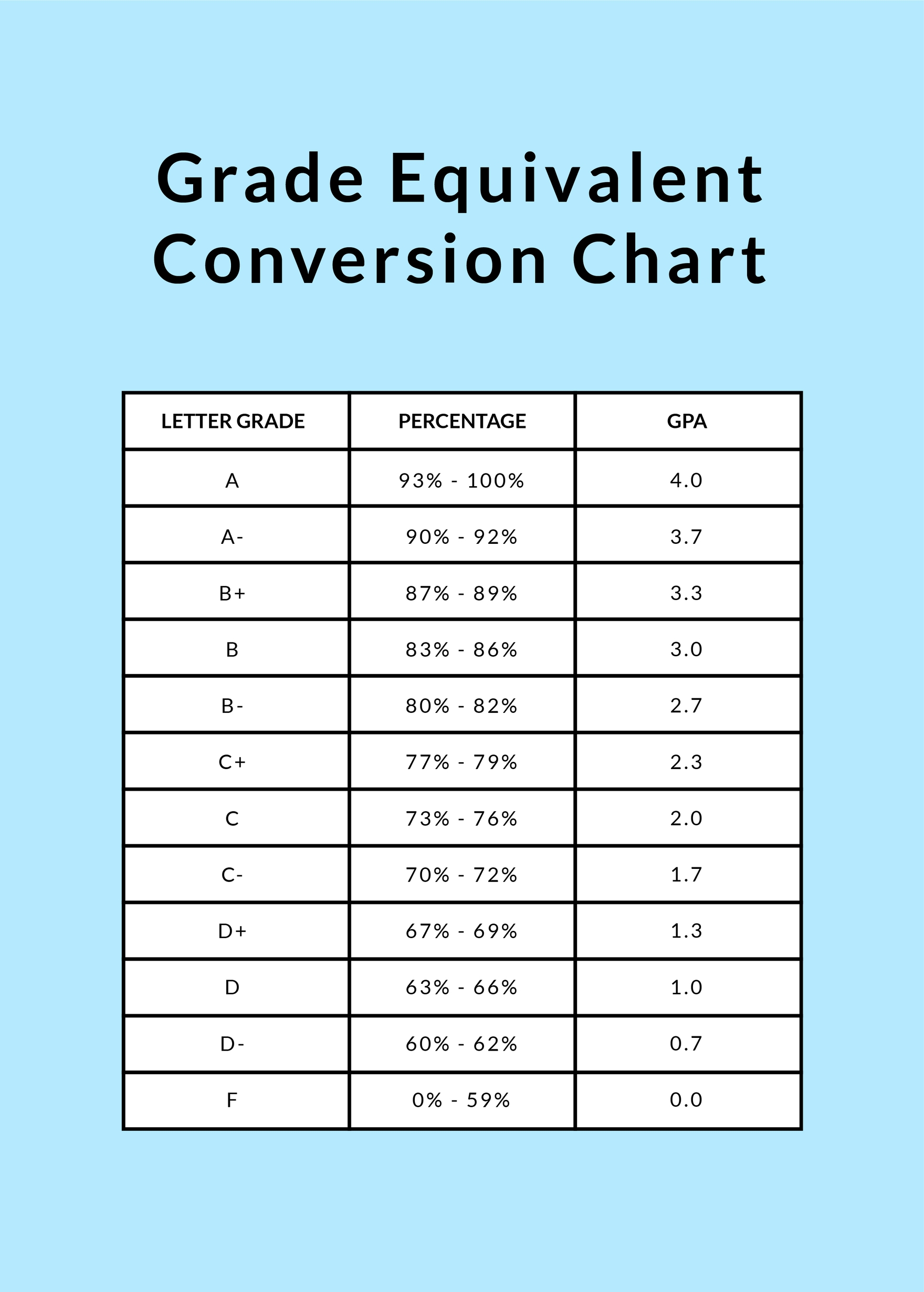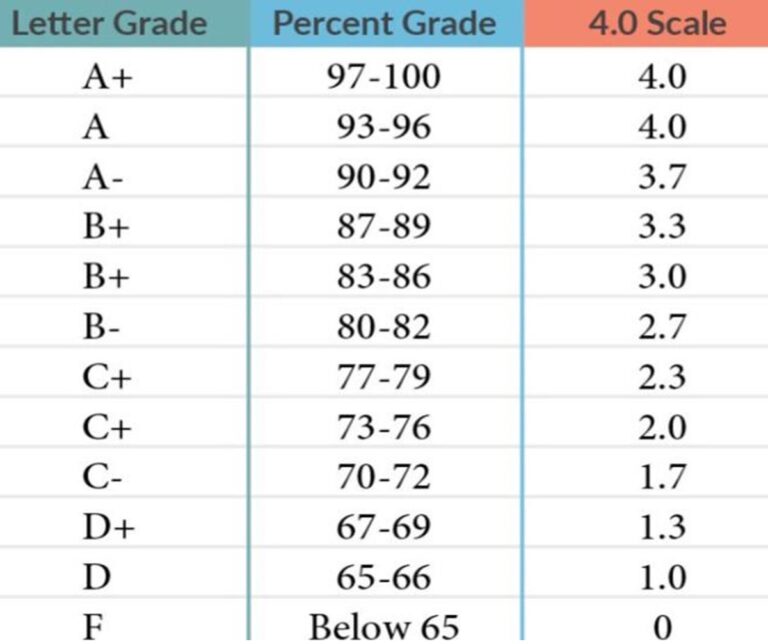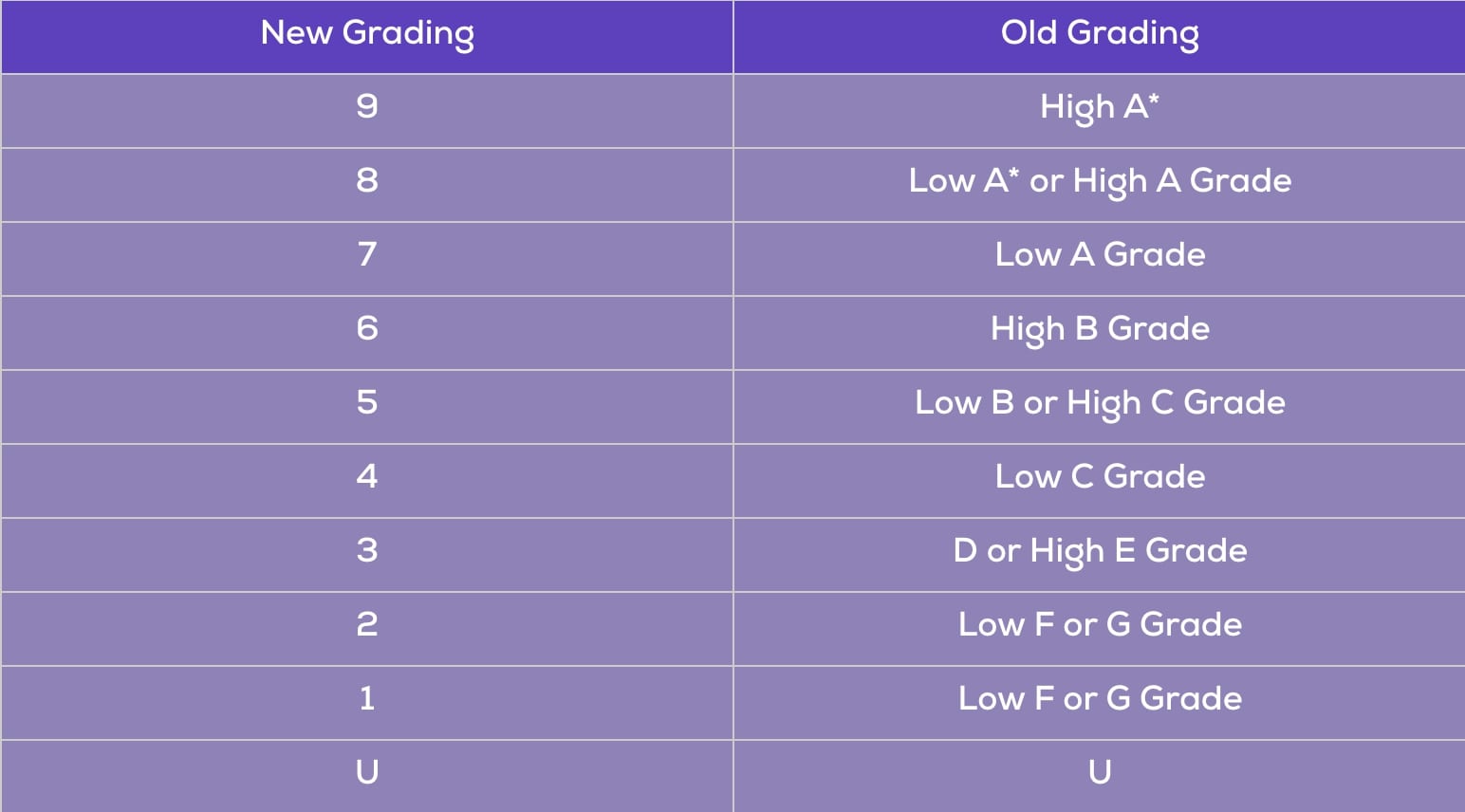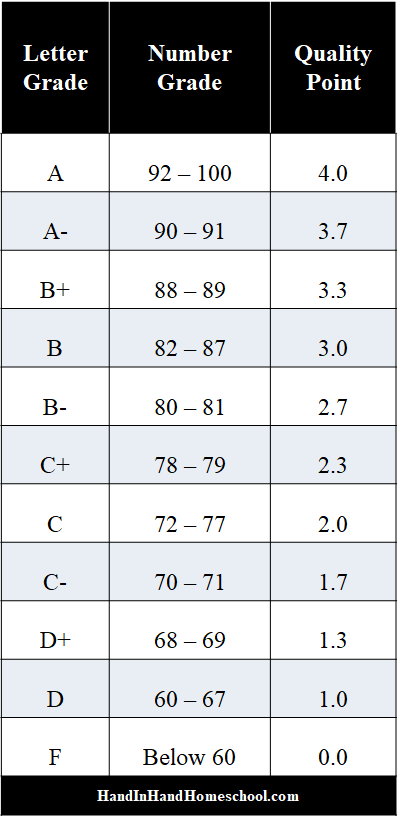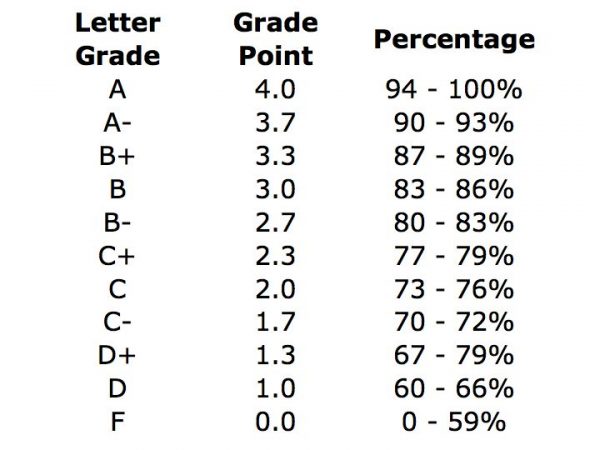What Is 11 Out Of 18 As A Grade

Imagine a student, Maya, anxiously awaiting the return of her history paper. The crisp paper rustles as her teacher hands it back, a circled "11/18" sits at the top. A wave of questions floods her mind: What does this mean? Is it good? Is it bad?
Understanding what 11 out of 18 translates to as a grade can seem confusing at first glance. In essence, it requires a simple calculation, but its interpretation varies based on grading systems and institutional policies. This article aims to demystify the process, offering a clear understanding of how to convert this fraction into a recognizable grade, and exploring the significance behind it.
Decoding the Fraction: The Basic Calculation
The first step in determining the grade is to convert the fraction into a percentage. To do this, divide the score received (11) by the total possible score (18). Then, multiply the result by 100.
The formula looks like this: (11 / 18) * 100 = 61.11%. So, 11 out of 18 is equivalent to approximately 61.11%.
Percentage to Grade Conversion: Different Scales
Once you have the percentage, you need to understand how it corresponds to letter grades. Different educational institutions use varying grading scales. Let's examine some common grading scales to see how 61.11% might translate.
The Standard US Grading Scale
In the United States, a common grading scale is: 90-100% = A, 80-89% = B, 70-79% = C, 60-69% = D, and below 60% = F. Therefore, a score of 61.11% would typically be considered a D.
This scale, however, can vary significantly. Some schools might have slightly different cutoffs, such as 93-100% being an A, or 63-66% being a D-.
The UK Grading System
The UK grading system, particularly at the university level, differs considerably. A first-class honors degree typically requires 70% or above. A score of 61.11% might be considered a 2:2 (lower second-class honors), depending on the specific university and course.
Lower grades are often categorized as a third-class honors (50-59%) or a fail (below 40%). The nuances of the UK system mean that 61.11% could be viewed more favorably than in a US context.
Other International Scales
Many other countries have their own unique grading systems. Some use numerical scales out of 10 or 20, while others rely on qualitative assessments. It's crucial to consider the specific context of the educational institution when interpreting a grade.
For example, in some European countries, a 61.11% might fall within the average range, or even be considered a passing grade. Understanding the local grading culture is essential.
The Significance of a "D" Grade
In many educational contexts, a "D" grade signifies marginal passing. While it indicates that the student has met the minimum requirements for the course, it also suggests areas for significant improvement.
It's a signal to the student and instructor that further attention is needed. This could involve additional study, tutoring, or a review of the core concepts.
Factors Influencing Grade Interpretation
Several factors beyond the numerical score influence the interpretation of a grade. The difficulty of the assignment, the overall class performance, and the teacher's grading philosophy all play a role.
A score of 11/18 on a particularly challenging exam might be viewed more leniently than the same score on an easier assignment. Likewise, a teacher who grades on a curve might adjust the grade based on the overall distribution of scores in the class.
Institutional policies also have a major impact. Some schools may have policies that require a certain minimum grade for course credit, while others may emphasize holistic assessment over individual grades.
Moving Forward: Improving Academic Performance
Receiving a grade like 11/18 or a "D" can be a valuable learning experience. It provides an opportunity for reflection, self-assessment, and the development of strategies for academic improvement.
Students can use this as motivation to identify their weaknesses and seek help from teachers, tutors, or peers. Developing effective study habits, time management skills, and a proactive approach to learning can make a significant difference.
It's also important to maintain a positive attitude and view challenges as opportunities for growth. Learning is a process, and setbacks are a normal part of the journey.
Seeking Clarification and Support
If Maya, or any student, is unsure about how a grade was calculated or what it means, the best course of action is to communicate with the instructor. Teachers are usually willing to explain their grading criteria and provide feedback on areas for improvement.
Open communication can clarify any misunderstandings and foster a supportive learning environment. Don't hesitate to ask questions and seek guidance from your instructors.
Many schools also offer academic advising services, tutoring programs, and other resources to help students succeed. Take advantage of these resources to maximize your learning potential.
Conclusion: Grades as a Stepping Stone
Ultimately, a grade like 11 out of 18 should be viewed as a stepping stone, not a roadblock. It's a piece of information that provides valuable feedback on your progress and areas for improvement.
Understanding how to interpret grades in the context of different grading systems is important. However, focusing on the learning process, developing strong study habits, and seeking support when needed are the keys to academic success.
Remember, the goal of education is not just to earn good grades, but to acquire knowledge, develop critical thinking skills, and prepare for a fulfilling future. The next time you see a circled fraction on your paper, take a deep breath, understand its meaning, and use it as a chance to grow and learn. Your dedication and hard work will pave the path to success, regardless of a single grade. Keep striving for excellence and never stop learning. Believe in yourself!

